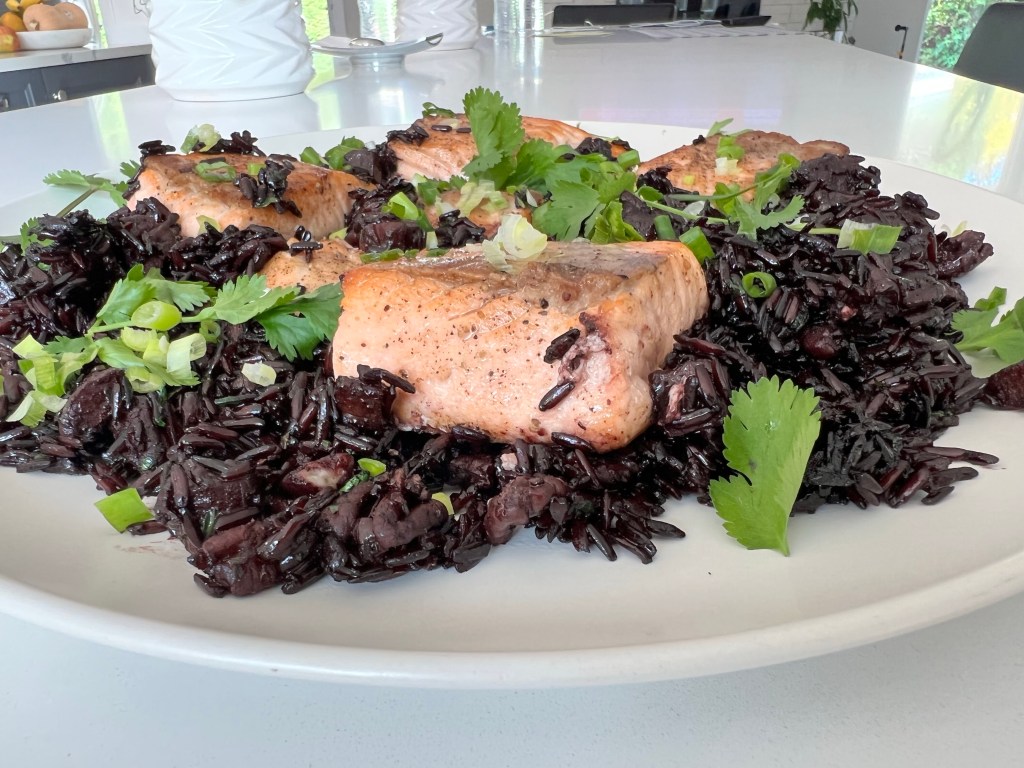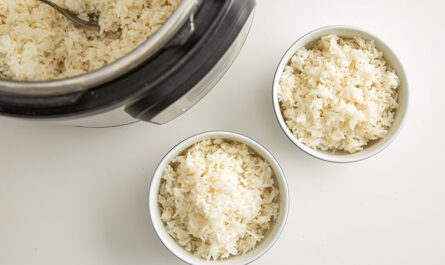In recent years, the interest in black rice has grown tremendously, especially among health enthusiasts and foodies. Known for its rich nutty flavor and vibrant color, black rice is not just a treat for the eyes and taste buds. It might also have a significant impact on your health, particularly in managing blood pressure. In this article, we delve deep into the connection between black rice and blood pressure, exploring the potential benefits this exotic grain offers.

The Origins of Black Rice
Black rice, often referred to as ‘forbidden rice’, has a rich history that dates back to ancient China. It was once reserved for royalty due to its rarity and nutritional value. Today, it is enjoyed worldwide for its unique taste and health benefits. Healthline provides more insights into the healthiest rice varieties.
Nutritional Profile of Black Rice
Black rice is packed with essential nutrients. It is a good source of dietary fiber, iron, and protein. What sets it apart is its high content of antioxidants, particularly anthocyanins, which contribute to its deep purple-black color.
Antioxidants and Their Role
Antioxidants are compounds that combat oxidative stress in the body, reducing the risk of chronic diseases. The anthocyanins in black rice are known for their anti-inflammatory and anti-carcinogenic properties.
How Black Rice Affects Blood Pressure
The relationship between black rice and blood pressure is an area of active research. Some studies suggest that the antioxidants in black rice can help reduce the risk of hypertension by improving blood vessel health and reducing inflammation.
The Role of Fiber
Black rice is high in dietary fiber, which is known to help maintain healthy blood pressure levels. Fiber aids in reducing cholesterol levels and improving heart health, both of which are crucial for managing blood pressure.
Incorporating Black Rice into Your Diet
Adding black rice to your diet can be an exciting culinary adventure. It can be used in various dishes, from sushi to salads. For more ideas, check out our black rice recipes.
Cooking Tips
Cooking black rice is quite simple. It requires a longer cooking time compared to white rice, but the results are worth it. Rinse the rice thoroughly before cooking and cook with a ratio of 1:2.5 (rice to water).
Black Rice and Sushi
For sushi lovers, black rice offers a unique twist. Its slightly sweet and nutty flavor pairs well with traditional sushi ingredients. Try using black rice in your next sushi roll for a healthy and delicious treat.
Potential Health Benefits
Besides managing blood pressure, black rice offers numerous health benefits. It supports weight management, boosts heart health, and may even have cancer-fighting properties.
Weight Management
The high fiber content in black rice aids in satiety, helping you feel full longer and potentially aiding in weight management.
Is Black Rice Suitable for Everyone?
While black rice is generally safe for most people, it is important to consume it in moderation, especially if you are on a low-carb diet. Always consult with a healthcare professional if you have specific dietary concerns.
Conclusion
In conclusion, the connection between black rice and blood pressure is promising. Incorporating black rice into your diet is a delicious way to potentially improve your health. For more information on the benefits of black rice, visit our black rice health benefits page.

FAQs
1. What makes black rice different from other rice?
Black rice is unique due to its high antioxidant content, particularly anthocyanins, which give it its distinctive color and health benefits.
2. Can black rice help in weight loss?
Yes, the high fiber content in black rice can aid in weight management by promoting fullness and reducing overall calorie intake.
3. How often should I eat black rice?
Black rice can be included in your diet a few times a week as part of a balanced diet. However, moderation is key to enjoying its benefits without overconsumption.
This article contains affiliate links. We may earn a commission at no extra cost to you.




